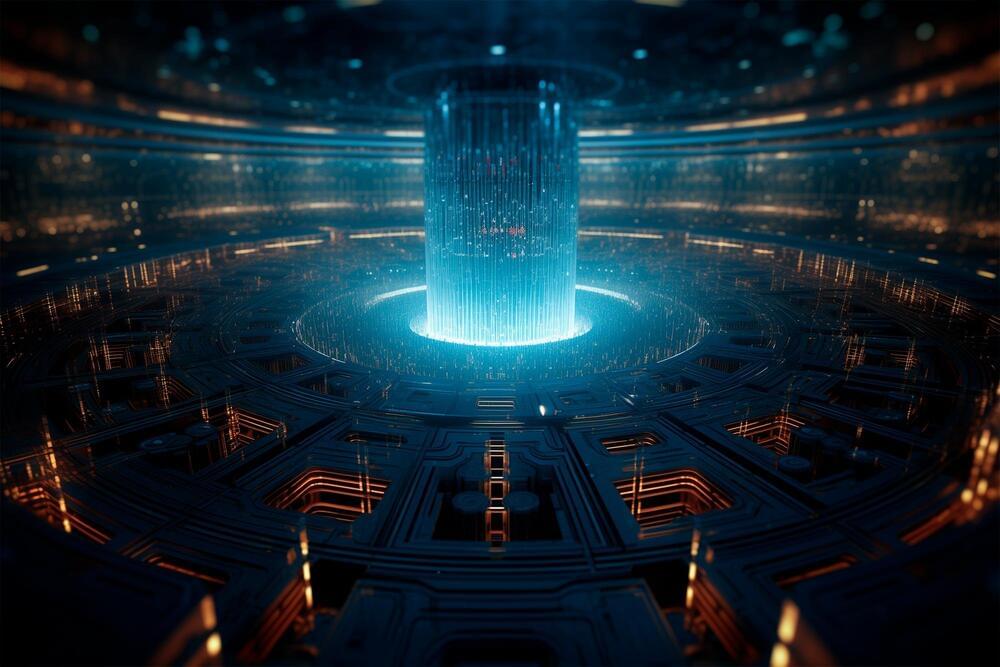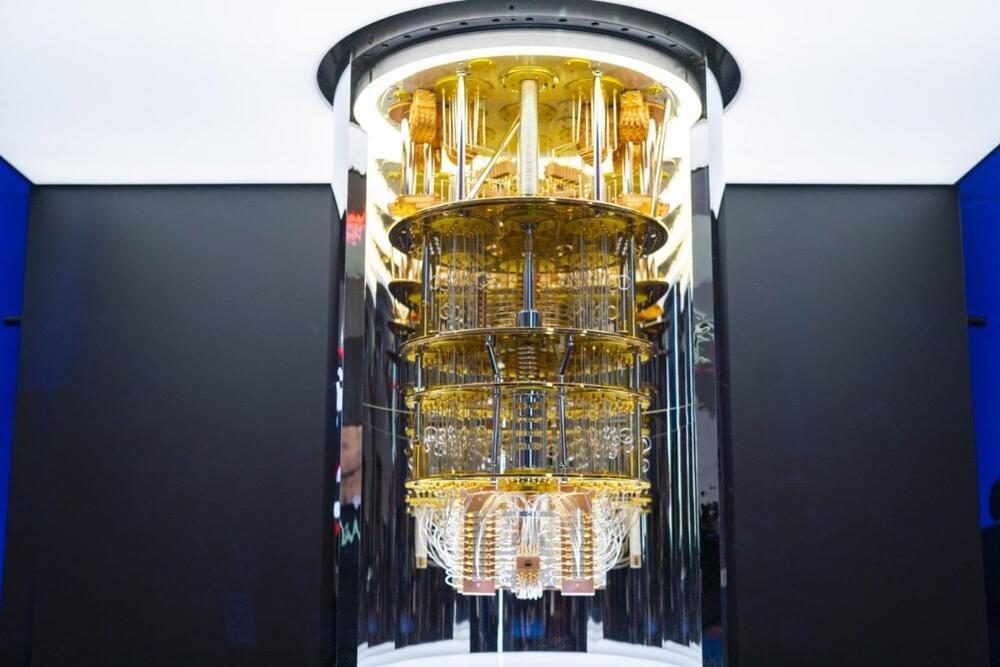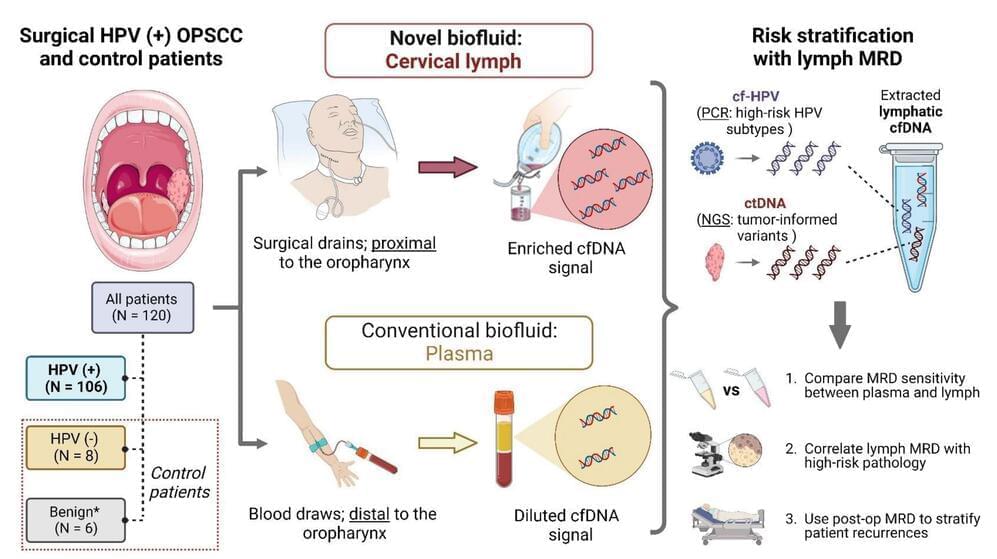Q-day (the day when quantum computers will successfully actually break the internet) may be some time away yet. However, that does not mean that companies — and states — shouldn’t hop on the qubit bandwagon now so as not to be left behind in the race for a technology that could potentially alter how we think about life, the Universe, and well… everything.
Spurred on by a discourse that more and more revolves around the concept of “digital sovereignty,” 11 EU member states this week signed the European Declaration on Quantum Technologies.
The signatories have agreed to align, coordinate, engage, support, monitor, and all those other international collaboration verbs, on various parts of the budding quantum technology ecosystem. They include France, Belgium, Croatia, Greece, Finland, Slovakia, Slovenia, Czech Republic, Malta, Estonia, and Spain. However, the coalition is still missing some quantum frontrunners, such as the Netherlands, Ireland, and Germany, who reportedly opted out due to the short time frame.







